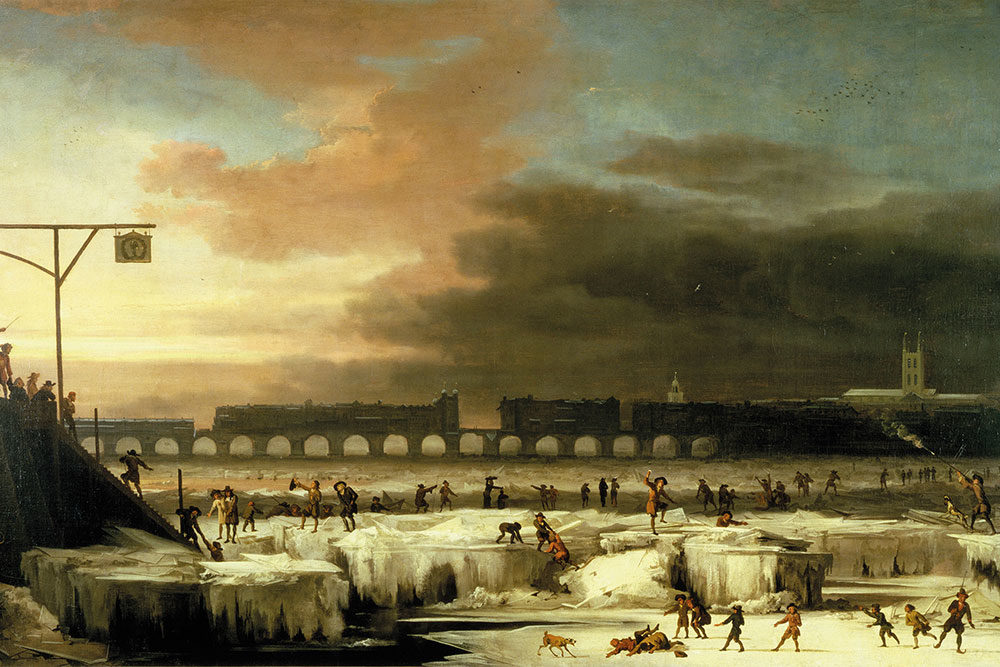
During periods of low solar activity, such as the deep solar minimum we're in now, the Sun will often be devoid of sunspots-a great barometer for the depth and longevity of solar minima.
The below graph shows how many days during a specific year that the earth-facing side of the Sun has been spotless:
As of Monday, December 16, the current stretch of days without any observable spots has reached 33, making for a total of 270 spotless days in 2019 so far (or 77%).
This means that 2019 has now surpassed the 269 spotless days observed in 2008-the previous space age record low for spotless days in a calendar year. To find a year with more blank suns, you have to go back to 1913 which had 311 spotless days (or 85%). And looking forward, 2020 is forecast by many to threaten that all-time 1913 record, as the sun sinks ever-further into its next grand solar minimum cycle:
NASA have linked previous periods of low solar activity to global cooling (here), but don't go letting no government agency tell you how it is, you can correlate the two yourself using spaceweatherlive.com's International Sunspot Number graph:
The Dalton Minimum (1790-1830) brought with it a period of lower-than-average global temperatures. The Oberlach Station in Germany, for example, experienced a 2C decline over 20 years, which devastated the country's food production. The Year Without a Summer also occurred during the Dalton Minimum (in 1816). As did crop failures across Eurasia & the Americas, which led to food riots, famine and ultimately the deaths of millions upon millions of people.
That 40-year temperature decline coincides perfectly with a dip in solar activity.
And so do temperature plunges of the past — preceding the Dalton were the much deeper Maunder and Spörer Grand Solar Minimums.
Taking the Maunder Minimum (1645-1715), we see its 70-or-so year spell of global cold, crop loss, and famine again correlates neatly with a sharp decline in solar output. During this Grand Solar Minimum, the Sun was all-but devoid of sunspots for not just years at a time, but for decades:
The onset of the next 400-year Grand Solar Minimum cycle is now upon us, and the ravaging cold is returning with it.
Modern civilization is not immune from this -far from it- folks have lost their connection with the earth — the majority of people wouldn't have the first clue about how to feed themselves should the grocery store shelves run empty.
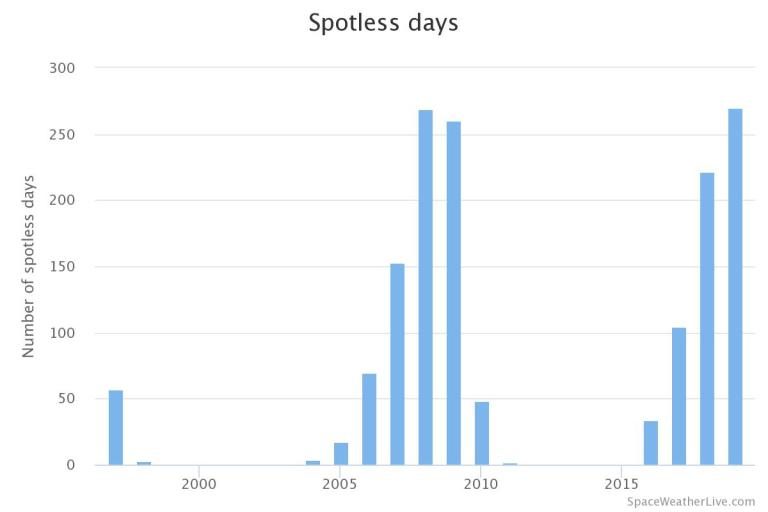
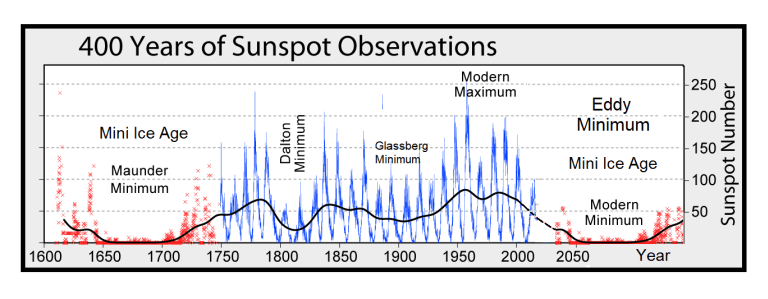
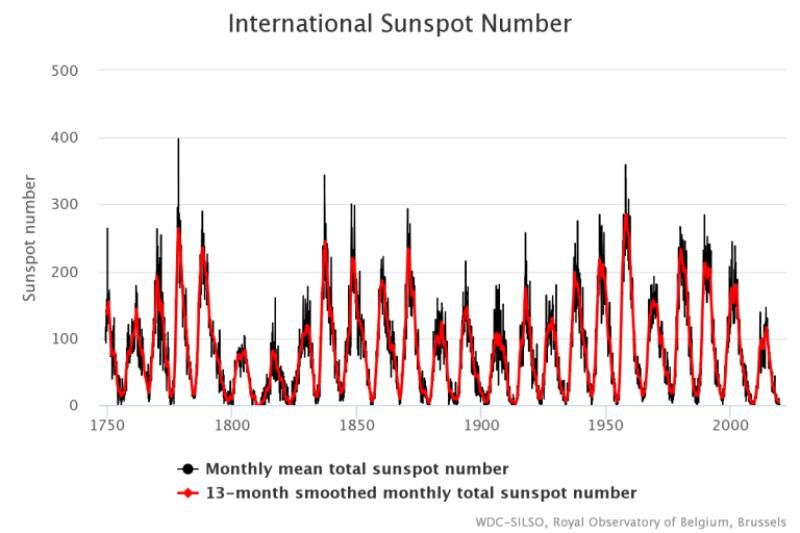
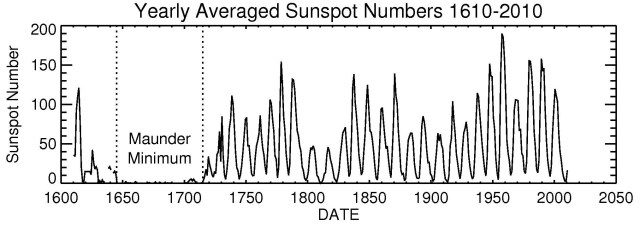
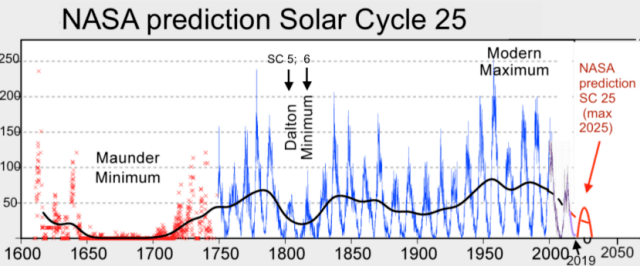



The only thing Im missing is snow in this story! No snow where I live. And I remember some really big snow-storms from 30 years ago. Nothing close to that for over a decade. And this winter so far is the warmest in last decade too. Weird weather for sure